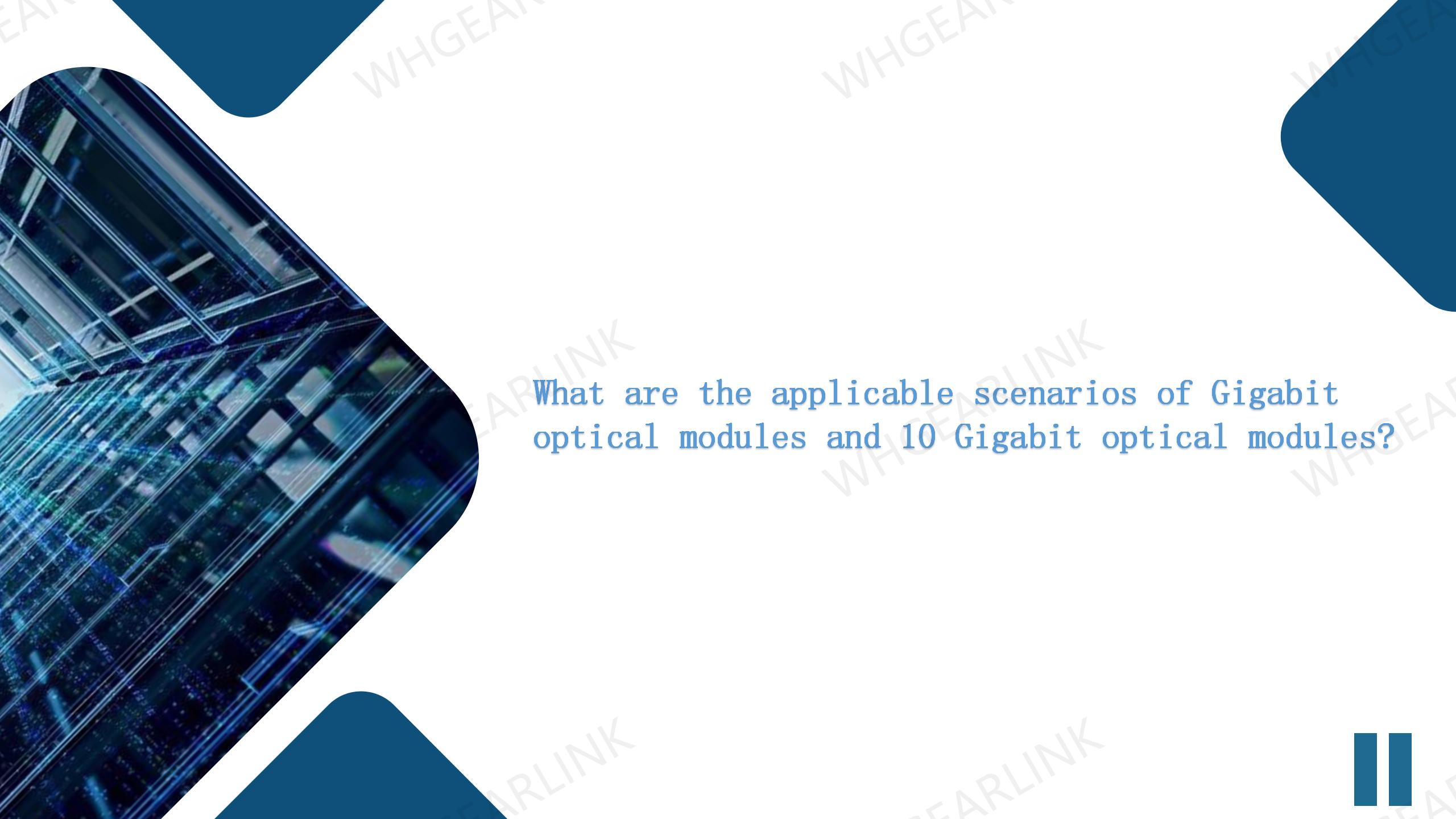With the continuous advancement of network technology, Gigabit optical transceivers and 10 Gigabit optical transceivers have become the two most widely used optical transceivers. This article will introduce some usage scenarios of optical transceivers, so that users can have a deeper understanding of these two optical transceivers.
With the popularity of digitalization and the Internet of Things, the requirements for network speed and bandwidth are getting higher and higher. Gigabit optical transceivers and 10 Gigabit optical transceivers are two common types of optical transceivers, and they have their own advantages in different application scenarios. Let's discuss the main application scenarios of Gigabit optical transceivers and 10 Gigabit optical transceivers.
Gigabit optical transceivers are often used in small or medium-sized enterprise intranets. If the number of users is not too large, and the bandwidth usage of each device is not very frequent, then Gigabit optical transceivers can fully meet the needs of enterprises. When the scale of the enterprise expands, the number of employees increases, and the network data traffic increases, the 10G optical transceiver can manage a large amount of data faster and achieve high-speed interconnection.
In occasions such as data centers that have extremely high requirements on system performance, the advantages of 10 Gigabit optical transceivers are more obvious. Some large-scale data transmission requirements, cloud computing, big data analysis, artificial intelligence, etc. all require a large amount of data traffic, and 10 Gigabit optical transceivers can handle it well. The "10 Gigabit" speed can also provide data centers with higher performance, so that data center services can process data traffic faster, thereby avoiding network congestion.
5G communication also has strict requirements on bandwidth and data transmission speed. Gigabit optical transceivers cannot meet the requirements of most 5G communication scenarios, while 10G optical transceivers can easily handle the transmission and distribution of these high-speed data.
In these areas, data transfer speed and bandwidth are also critical. 10 Gigabit optical transceivers can interconnect data and devices, and quickly transmit and distribute tasks in application fields such as big data, artificial intelligence, and industrial Internet of Things. These high-speed data flows require the support of 10 Gigabit optical transceivers to ensure the efficiency and quality of data transmission.
Optical transceivers are a huge family. In addition to Gigabit optical transceivers and 10 Gigabit optical transceivers, traditional optical transceivers also include 40G optical transceivers, 100G optical transceivers, 400G optical transceivers, and 800G optical transceivers. Different optical transceivers can achieve better network performance on different occasions. Even in the era of skyrocketing network data volume, Gigabit optical transceivers and 10 Gigabit optical transceivers still have their place. Generally speaking, the application scenarios of Gigabit optical transceivers and 10 Gigabit optical transceivers are still very wide, and which optical transceiver to choose should be selected according to the actual situation. Hope this article can provide valuable reference for the application scenarios of optical transceivers.


